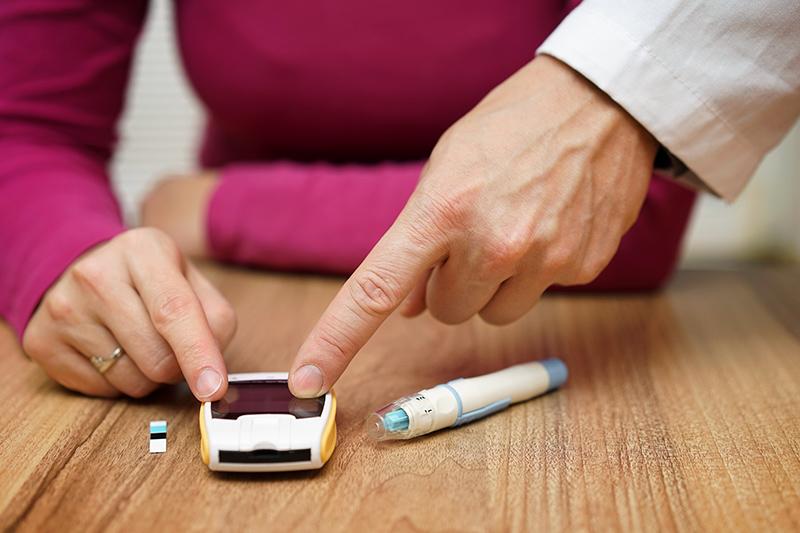Tulane researchers develop new way to predict complications in diabetes patients
Type 2 diabetes affects more than 9 percent of the American population, and complications from the condition can lead to cardiovascular disease, kidney damage, even death.
To help doctors provide more individualized and effective treatments for diabetes patients, researchers at Tulane University School of Public Health and Tropical Medicine, along with the School of Medicine, have developed BRAVO, a new risk engine, or series of equations, that can predict diabetes complications and mortality. BRAVO stands for building, relating, assessing and validating outcomes.
Tulane researchers came up with their risk engine using data collected in the Action to Control Cardiovascular Risk in Diabetes (ACCORD) trial, one of the largest studies ever conducted in American adults with Type 2 diabetes.
Previous risk engines used to predict diabetes outcomes were based primarily on studies done in Europe in the 1970s. The new Tulane model is based on U.S. population in terms of race and ethnicity, the definition of diabetes, treatment plans and screening methods to assess diabetes’ complications and comorbidities.
“This risk engine is tailored to the U.S. population and can better help diabetes patients here,” says researcher Lizheng Shi, Endowed Regents Professor at Tulane University School of Public Health and Tropical Medicine.
Tulane researchers identified several risk factors that help predict outcomes that previous models didn’t take into account, including severe hypoglycemia, which is caused by a very low level of blood sugar in the body. Patients who experienced more than one episode of sever hypoglycemia within a year showed an increased risk of congestive heart failure, heart attack and blindness.
“With good internal and external validation, the BRAVO risk engine can be applied to develop a diabetes prediction model,” lead author Hui Shao, adjunct assistant professor in the Department of Global Health Management and Policy, writes in the report. “It can assist decision making in clinical practice and health policy.”

